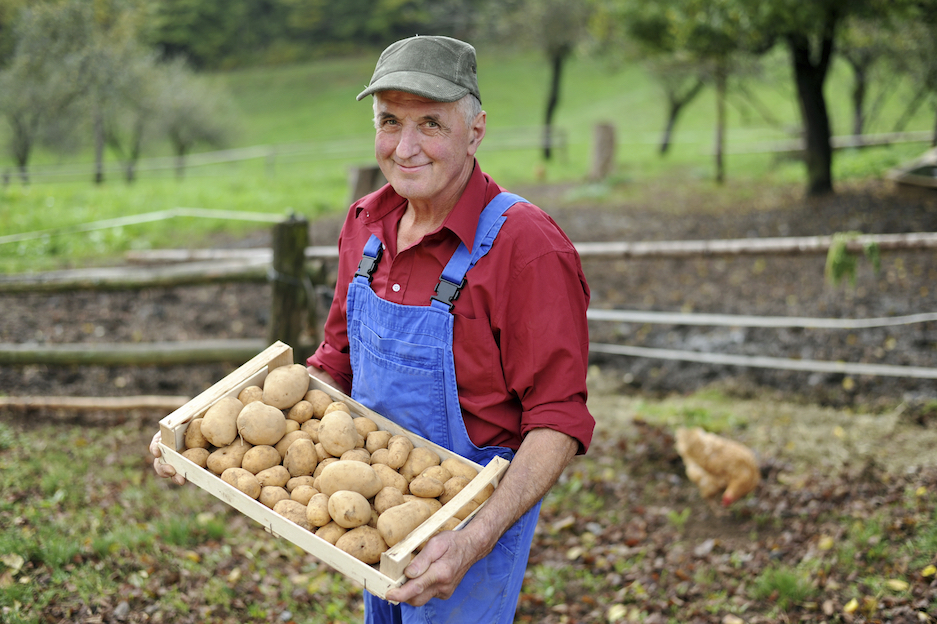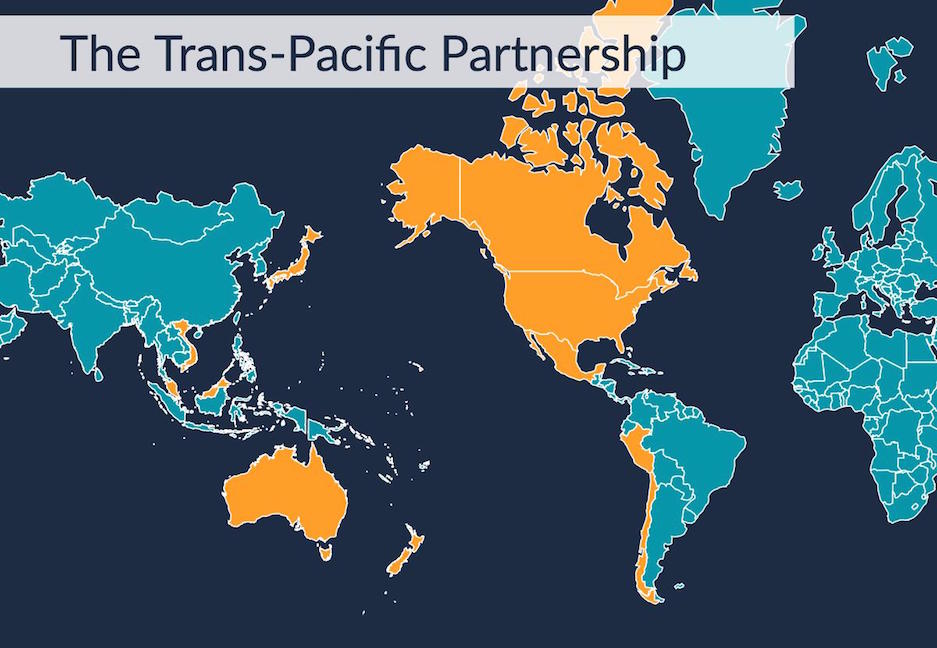Patents aren’t a Pat on the Back, They are the Backbone of Life-Enhancing Discoveries
National Inventors Hall of Fame – Celebrating to Inspire
The National Inventors Hall of Fame was founded in 1973 in partnership with the United States Patent and Trademark Office to honor individuals who conceived, patented, and brought forth to society some of the greatest technological achievements of our nation. In a recent ceremony, the National Inventors inducted fifteen more members into its Hall of Fame. Among those honored were Marvin Caruthers, Arogyaswami Paulraj, and Stan Honey. You may not have heard these names, but you’ve benefited from their inventions.
Caruthers developed methods for chemically synthesizing DNA, a breakthrough that launched the biotechnology industry based on an entirely new method for drug development. Paulraj pioneered the Multiple Input, Multiple Output (MIMO) technology that improved transmission data rates and expanded network coverage. MIMO is the foundation for WiFi and 4G mobile, which are the reason billions of people worldwide can now answer “Yes” to the question of “Can you hear me now?” Honey changed the way we watch sports by developing the Virtual Yellow 1st & Ten®, the yellow line superimposed on your TV screen that helps non-football experts such as myself better understand the plays and maybe minimizes some yelling at the referees through the screen.
What do Breakthrough Inventions Have in Common? A Patent
These inventions, and others in the Hall of Fame, couldn’t be more different from one another, but they all share two essential features: they changed the way we live, and – they are protected by a U.S. patent.
Patents are granted following a comprehensive review by legal professionals with industry expertise. The job of U.S. trade policy has been to ensure that hard-earned intellectual property rights are protected not only in the United States, but through the legal systems in countries where those citizens enjoy the fruits of American invention.
Promoting intellectual property rights protections has been a core tenet of U.S. trade policy for decades, resulting in global commitments embodied in the WTO Agreement on Trade-Related Aspects of Intellectual Property Rights, known as TRIPS, and reflected in intellectual property chapters of U.S. free trade agreements. Commitments in trade agreements help support a virtuous cycle. Protecting the intellectual property behind life-changing innovations provides the means to commercialize products, earn a return, and reinvest, which incentivizes further research and development activity.
We highlight here three ventures that rely on strong intellectual property for product breakthroughs that are improving our quality of life while tackling some our global society’s greatest challenges.
A Lifesaving Straw: U.S. patents 8852439 and 9352252
780 million people worldwide still do not have ready access to one of life’s most basic necessities: clean drinking water. Inventors at the family-owned Vestergaard company designed LifeStraw, a deceptively simple-looking product that filters out virtually all microbiological contaminants. Easy to carry and use, one LifeStraw can filter one person’s water consumption for an entire year.
Designed for people in developing countries who do not have access to piped potable water, LifeStraw has also been deployed following natural disasters when water becomes contaminated. The product was most recently distributed in Puerto Rico following Hurricane Maria.
Headquartered in Switzerland, Vestergaard runs an advanced laboratory in Hanoi, Vietnam and opened a water research center in Accra, Ghana. Vestergaard has leveraged its patents to adapt LifeStraw to serve an entirely distinct customer segment. You can now find LifeStraw products at REI for campers and other outdoor enthusiasts. The company’s success with recreational consumers is providing them a solid base for reinvesting in and designing new humanitarian applications.
 Photo credit: Child using the LifeStraw, The Carter Center at vestergaard.com
Photo credit: Child using the LifeStraw, The Carter Center at vestergaard.com
Machines That Digest Trash and Create Energy: U.S. patents 9272930 and 9682880
Managing waste has been one of the greatest urban challenges of the modern era. Several countries have made progress turning trash into treasure by converting waste into renewable energy. But these efforts have thus far been advanced through publicly-funded national projects. UK-based SAeB Energy is piloting small-scale, private-sector driven solutions.
SAeB Energy developed two commercial solutions based on a process called “anaerobic digestion”. Roughly the size of small shipping container, its Flexibuster™ converts food waste into energy and fertilizer, handling between 500 and 3000 kilograms of waste a day. It can be installed in the back of a restaurant or food store, generating free energy and heat. The company’s Muckbuster® can do the same for manure and other waste on farms.
Along with UK-issued patents, SAeB Energy was granted U.S. patents 9272930 and 9682880 in 2013, paving the way for expanded commercial use. Sandra Sassow, CEO of SAeB Energy sees the patents as a growth driver: “These patents not only protect our solution that we have been developed in-house, but will also give a clear signal to the market that SEaB Energy is the leader in micro-AD technology. This will also strengthen our competitive position and help us to grow our distribution further on both sides of the Atlantic.”
Solutions to Antibiotic Resistance: Patents Pending
One of our greatest medical challenges today is patient resistance to antibiotics. Dr. Alexander Fleming’s discovery of penicillin in 1928 revolutionized modern medicine and brought us the antibiotic. The overwhelming effectiveness of older antibiotics, which are now all off-patent and available very cheaply around the world, depressed the need for inventors to invest time, energy and financing in developing new antibiotics. Yet, as bacteria evolve and mutate, they become resistant to existing drug treatments. The problem of antibiotic resistance has accelerated over the last several decades, and is now particularly acute in India, China, and other developing countries.
CARB-X was created in 2016 to bring together researchers from government, academia, and research institutions around one mission: to propel at least twenty high-quality antibacterial products towards clinical development. Co-funded by the Wellcome Trust, a British biomedical charity, and the U.S. Health and Human Services Department’s Biomedical Advanced Research and Development Authority (BARDA), CARB-X currently supports eighteen innovative projects from small- to medium-size biomedical ventures.
The initiative is designed to incentivize innovators to take on the antibacterial challenge and create an environment that will speed discovery. A critical component of CARB-X is that the inventors own their intellectual property, which they will need to pursue partnerships with more financial backers and with pharmaceutical companies when it comes time to test and develop new drugs for the market. At the same time, the CARB-X initiative will work with inventors to leverage their findings to continue addressing critical unmet medical needs.

Photo credit: Children experiment as part of a program designed by the National Inventors Hall of Fame, invent.org
The Opportunity to Patent Drive Innovation, Not the Other Way Around
There are many more innovators, ventures, companies and organizations working in labs every day to invent the next technology, method, or tool with the potential to revolutionize our lives. The National Inventors Hall of Fame not only celebrates their achievements but uses them to inspire the next generation of inventors through innovation-focused STEM education programs, competitions, and events.
The curriculum is not purely scientific. It includes lessons on communication skills, entrepreneurship, and the of value of intellectual property. Why? Because the opportunity to win a patent based on your invention means you get to introduce your product to the world assured that you can recover your significant upfront investments, and reap a return. It’s more than a pat on the back, the patent is the backbone of how ideas are turned into products we can all benefit from.
Feature photo credit: invent.org









